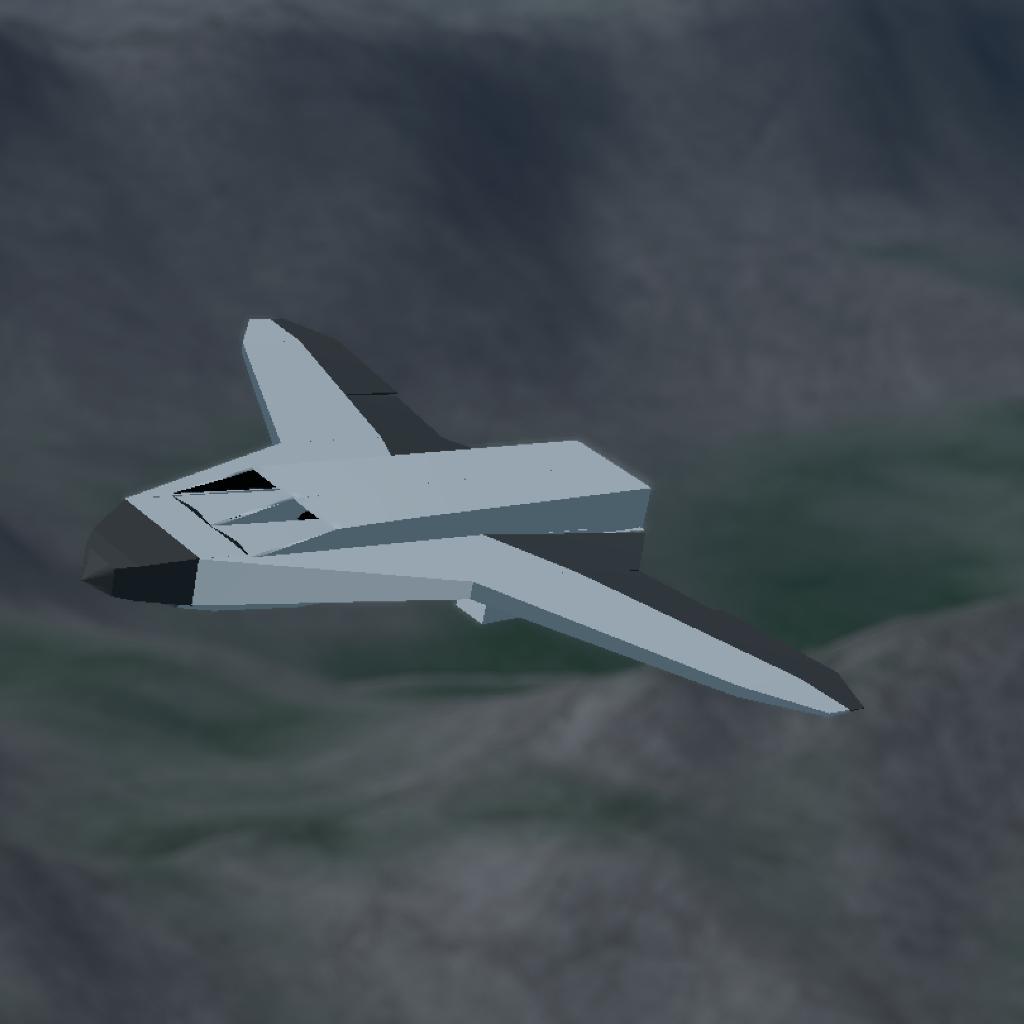Origins and Historical Development of the MQ-3 Stealth Tailless UCAV
Early Development and Conceptualization
Initial Need Identification:
- Post-2000s Combat Environment: Growing need for stealthy, long-endurance surveillance and strike platforms.
- Unmanned Systems Evolution: Advances in UAV technology highlighted potential for a tailless, stealth UCAV.
Research and Development Phase:
- Military Research: Governments and defense contractors initiated studies on low observable (LO) technologies and aerodynamics of tailless designs.
- Flying Wing Concept Revival: Inspired by historical designs like the B-2 Spirit and experimental aircraft such as the X-47B.
Design and Prototype Development
Program Inception:
- Program Announcement: In the mid-2010s, defense agencies announced the development of a new UCAV under the code name MQ-3.
- Contract Awards: Leading aerospace companies awarded contracts to develop competing designs.
Design Goals:
- Stealth: Emphasis on radar cross-section reduction using a tailless, flying wing configuration.
- Efficiency: Non-afterburning engines chosen to maximize fuel efficiency and reduce infrared signature.
- Advanced Materials: Use of composite materials and radar-absorbent coatings to enhance stealth capabilities.
Prototype Development:
- Initial Prototypes: Early prototypes tested in wind tunnels and subscale models to validate aerodynamic properties.
- Full-Scale Prototypes: Construction of full-scale prototypes began by the late 2010s, with extensive ground and flight testing.
Testing and Evaluation
Flight Testing:
- Maiden Flight: First flight of the MQ-3 prototype in the early 2020s, focusing on aerodynamic performance and stealth characteristics.
- Systems Integration: Successful integration of avionics, sensor packages, and communication systems.
Stealth Verification:
- Radar and Infrared Testing: Rigorous testing in anechoic chambers and during flight to ensure low observability across multiple spectrums.
- Operational Scenarios: Realistic mission simulations to test performance under combat conditions.
Production and Operational Deployment
Final Design Refinement:
- Feedback Incorporation: Modifications based on test results and feedback from military stakeholders.
- Production Readiness: Ensuring the design was optimized for mass production with a focus on reliability and maintainability.
Full-Scale Production:
- Manufacturing: Commencement of full-scale production by the mid-2020s.
- Initial Operational Capability (IOC): MQ-3 declared operational and began integration into various military units.
Operational Use:
- Deployment: Rapid deployment to areas of strategic interest for surveillance and strike missions.
- Performance in Theater: Proved highly effective in a variety of roles, including intelligence, surveillance, reconnaissance (ISR), and precision strikes.
Impact and Evolution
Technological Influence:
- Stealth and Efficiency Standards: The MQ-3 set new standards for stealth and fuel efficiency in UCAVs.
- Influence on Future Designs: Inspired subsequent generations of UAVs and UCAVs, emphasizing tailless designs and efficiency.
Upgrades and Variants:
- Continuous Improvement: Ongoing upgrades to avionics, sensors, and weaponry to maintain cutting-edge capabilities.
- Specialized Variants: Development of specialized variants for electronic warfare, maritime surveillance, and other roles.
This overview encapsulates the developmental trajectory of the MQ-3, highlighting the key stages from conceptualization through to deployment and operational use.
GENERAL INFO
- Successors 1 craft(s) +7 bonus
- Created On: Android
- Game Version: 1.3.114.0
- Price: $3,364k
- Number of Parts: 36
- Dimensions: 2 m x 15 m x 10 m
PERFORMANCE
- Total Delta V: 0m/s
- Total Thrust: 0N
- Engines: 2
- Wet Mass: 12,088kg
- Dry Mass: 5,258kg
STAGES
| Stage | Engines | Delta V | Thrust | Burn | Mass |
|---|---|---|---|---|---|
| 1 | 2 | 0m/s | 0N | 0s | 12,088kg |
No Comments
No Upvotes
Log in in to upvote this post.









